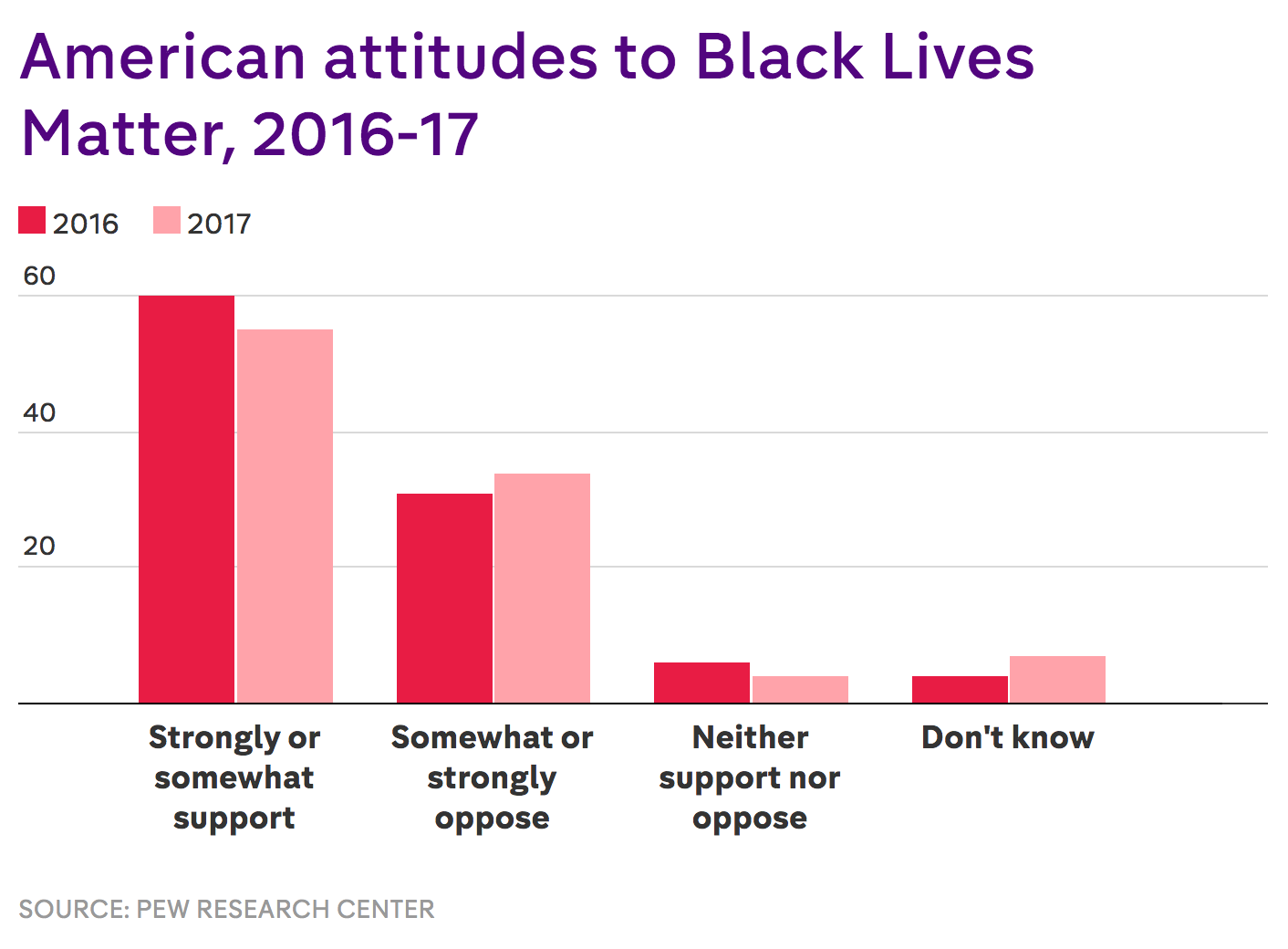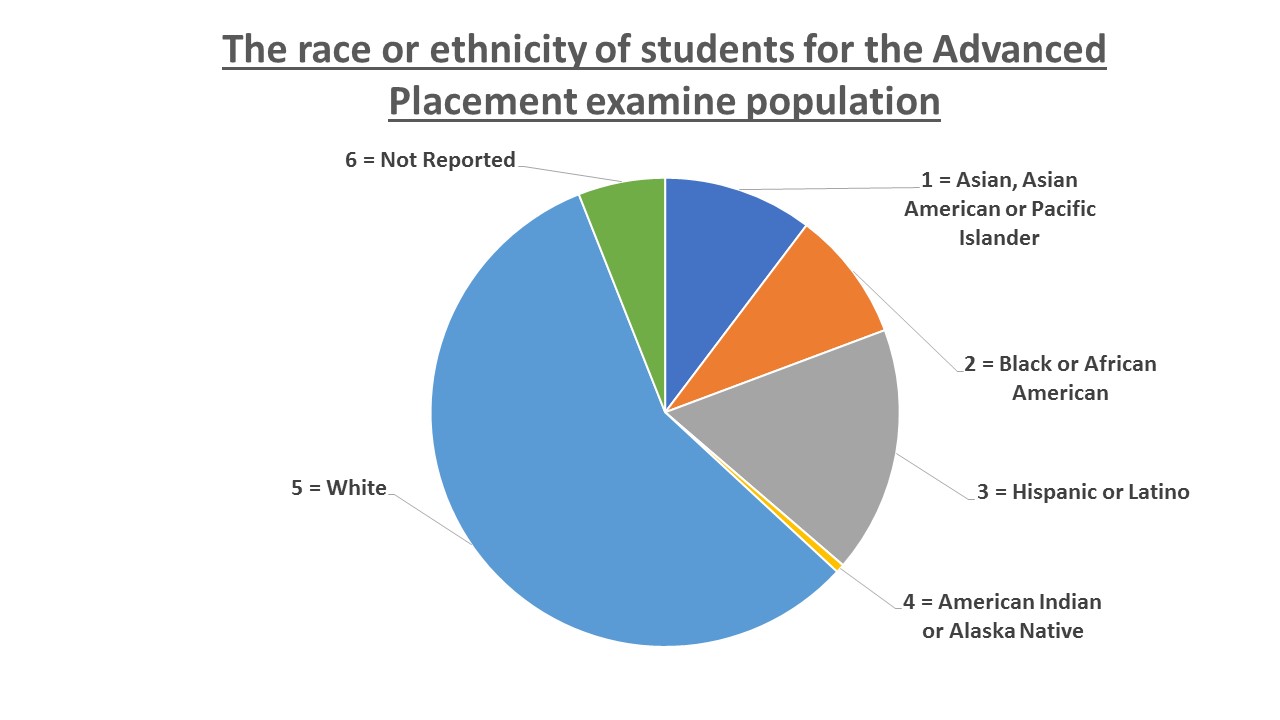
This helped to reduce or counter overall losses in states that registered white population declines. In contrast, all states except one (Hawaii) exhibited 2016-to-2020 gains for their combined populations of color. Among the 20 states that gained white population over this period were those in growing parts of the South and West, including Florida, Arizona, North Carolina, South Carolina, Utah, Colorado, Tennessee, Texas, and Idaho. The greatest losses were registered by California, New York, Illinois, Pennsylvania, and New Jersey, where white out-migration accentuated the decline.
#Percentages of races in america download
On a state level, 30 states lost white population over the 2016-2020 period ( Download Table B). The 2020 census is likely to show, for the first time, that more than four in 10 Americans identify with groups of color. Even so, the large growth for people of color, as a group, reduced the white share of the total population from 63.8% to 59.7% between July 2010 and July 2020.

Like the population as a whole, the positive gains for each of these groups dropped off somewhat in recent years.

Asian Americans added between 300,000 to over 500,000 to their population each year, followed by Black Americans, persons identifying as two or more races, and American Indians and Alaska Natives. Latino or Hispanic Americans led all groups, with annual gains at or approaching 1 million a year. In contrast, nonwhite race and ethnic groups increased in size over each year of the decade, and were responsible for all of the nation’s population growth between 20. Together, this loss of more than 1 million white people outweighs the white population gains of the decade’s six earlier years, leading to a likely first-ever decade decline of the nation’s white population when the final 2020 census results are tallied ( Download Table A). The former two trends are especially characteristic of the nation’s white population, who are aging more rapidly than other groups. This was the result of declining fertility, increased mortality, and a slowdown in immigration from abroad. The late 2010s saw white population losses and racial minority gainsĮarlier population estimates have shown that the 2010s decade-especially its later years-was one of historically low population growth. The statistics also imply that, as the white population ages and declines further, racial and ethnic diversity will be the hallmark demographic feature of America’s younger generations, including Gen Z and those that follow. This is especially the case for the nation’s younger population, which experienced the greatest white population losses.

#Percentages of races in america update
These statistics extend and update a trend revealed in data published last year, and further emphasize why the diversity profile of the U.S. population growth from 2016 to 2020 comes from gains in people of color. They indicate that, for each year since 2016, the nation’s white population dropped in size. These new estimates show annual population changes by race and ethnicity between July 2010 and July 2020. As we await the final 2020 census statistics for America’s race and ethnic populations (due later this summer), newly released Census Bureau estimates compiled independently of the 2020 census 1 suggest something unprecedented: The 2010s could be the first decade when the nation’s white population registered an absolute loss.


 0 kommentar(er)
0 kommentar(er)
